Guide To The Conditions That Affect The Gallbladder
The gallbladder, located underneath the liver, is an organ that resembles a small pouch. It is responsible for storing and concentrating bile, a substance that aids in digestion. When individuals consume a meal, their gallbladder contracts and injects all of the stored bile into the small intestine for help with digestion. When the gallbladder begins to do more harm due to disease or damage than good, it can be removed without causing observable problems to an individual's health. The central location of the gallbladder causes it to be more susceptible to certain diseases.
Treatment for conditions that affect the gallbladder varies based on the specific disease. However, there are commonalities, including gallbladder prescription medicine for pain relief. Patients may need drugs to dissolve gallstones. Anti-inflammatory medication can help as well. Surgery for gallbladder conditions is common too. Of course, knowing the common gallbladder conditions first and getting a proper diagnosis is vital.
Cholecystitis
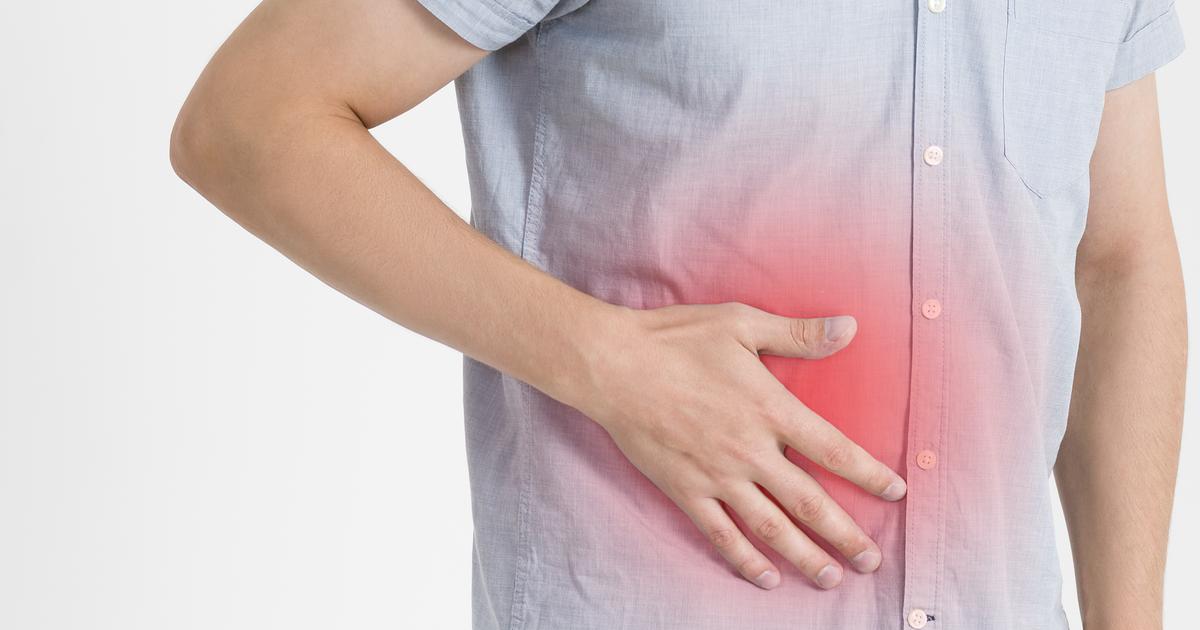
Cholecystitis is a condition that occurs when an individual's gallbladder experiences inflammation. Most cases are the result of the obstruction of the bile duct by gallstones. A tumor in the gallbladder that prevents bile from draining out of the organ can also cause cholecystitis. Other causes of cholecystitis include viral infections, bile duct kinking, and blood vessel problems. Symptoms include severe upper right abdominal pain, vomiting, nausea, fever, shoulder pain, and back pain. Patients often experienced tenderness in the abdomen when touched and abdominal pain that worsens after consuming a meal as well.
This condition is diagnosed with a physical examination, CT scans, endoscopic ultrasounds, and abdominal ultrasounds. Doctors will often order blood tests and a hepatobiliary iminodiacetic acid scan too. Treatment of cholecystitis includes hospitalization, intravenous fluids, antibiotic medication, pain medications, fasting, and a surgical procedure to remove the gallbladder.
Gallstone Pancreatitis
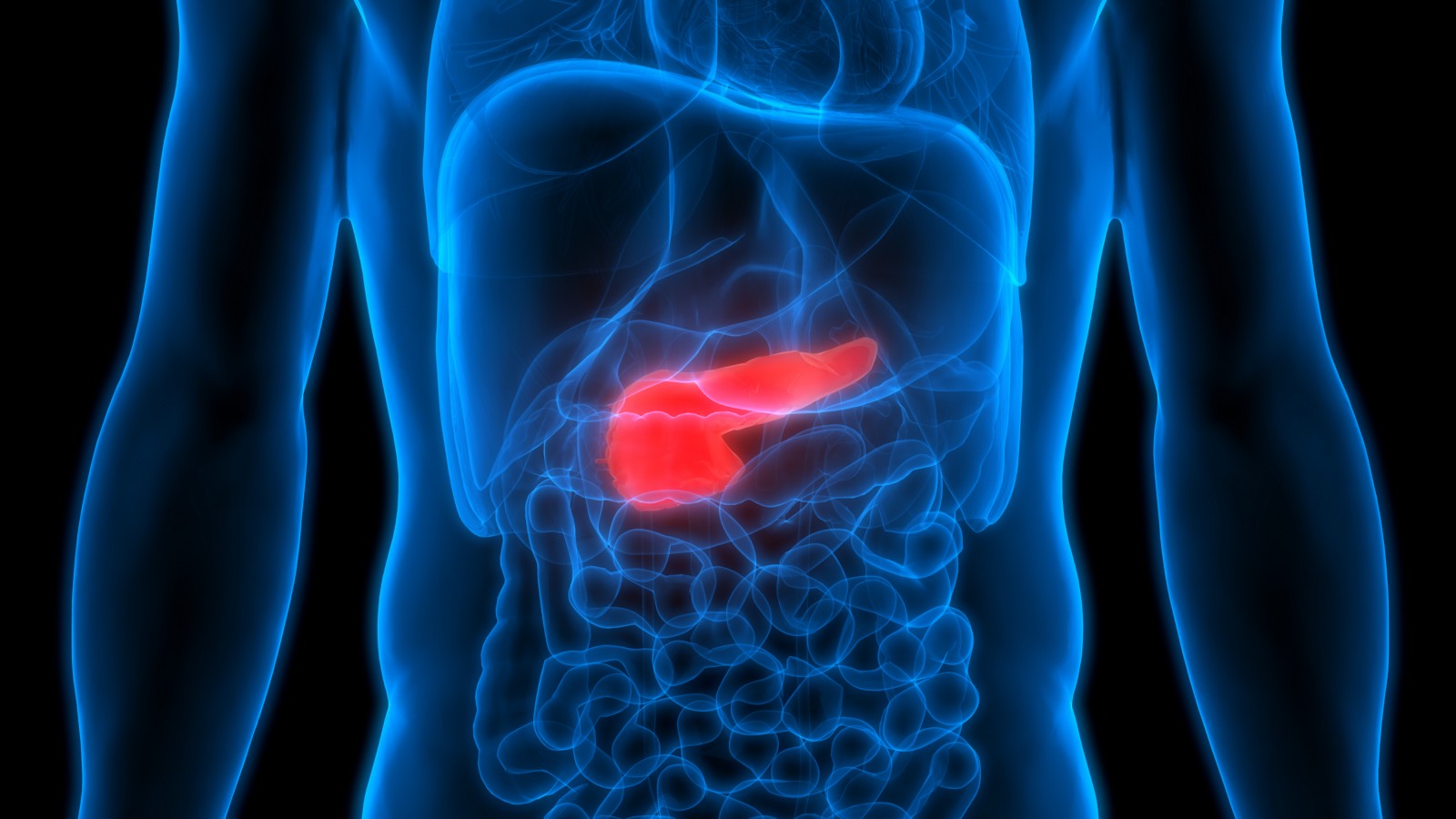
Gallstone pancreatitis is a condition where a stone develops in the gallbladder and makes its way into the pancreatic duct. This is the tube where fluids from the pancreas flow to the small intestine to assist with digestion. These pancreatic enzymes are produced in the pancreas and then activated a short time after leaving the gland to help digest food. When a gallstone moves into this duct and obstructs the flow of these fluids to the small intestine, they build up in the pancreas and become activated. The activated enzymes are corrosive to tissues not protected by a layer of mucus, like the lining of the small intestine.
The corrosion causes widespread and severe inflammation of the pancreas. When pancreatitis results from a lodged gallstone in the pancreatic duct, it is referred to as gallstone pancreatitis. Symptoms include fever, chills, nausea, jaundice, squeezing upper abdominal pain, and vomiting. Doctors diagnose this condition with blood tests, computerized tomography scans, magnetic resonance imaging, and ultrasound. Treatment may include fasting and surgical removal of the gallstone.
Gallstones
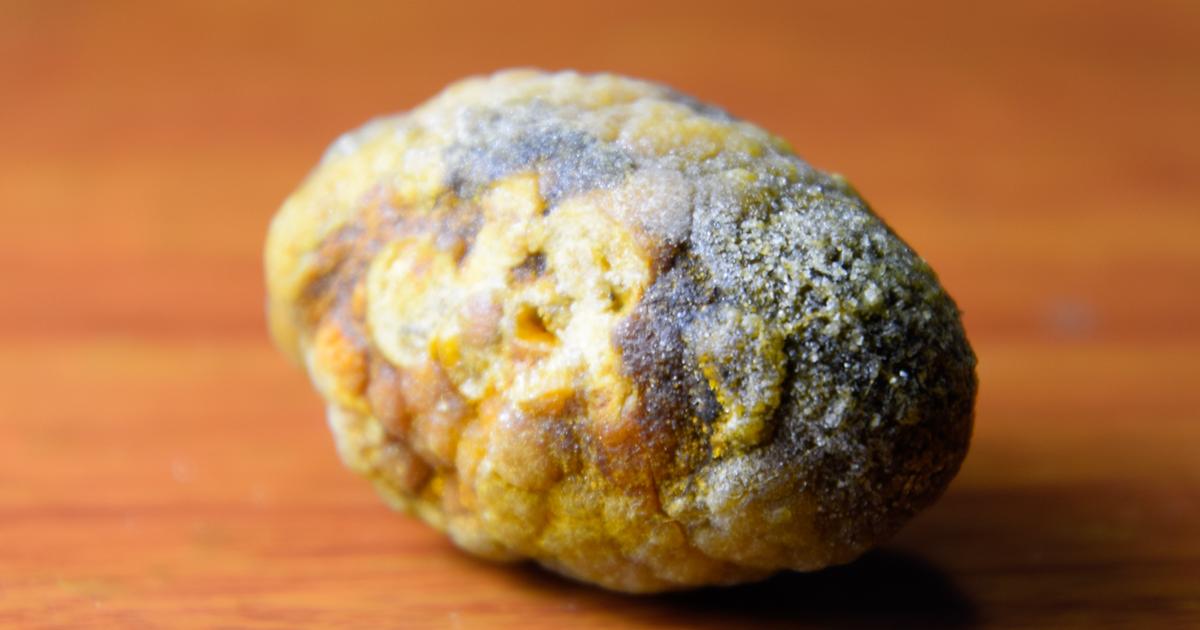
When the solubility threshold for the contents of an individual's gallbladder has not been met, solid particles can form from the bilirubin, bile, and cholesterol in the gallbladder. These solid particles are referred to as gallstones. They range in size from a grain of rice to a golf ball. There are two main types of gallstones: pigment and cholesterol stones. Pigment stones form when there is too much bilirubin content in the bile. Cholesterol stones form when the amount of cholesterol becomes too high in the bile.
Gallstones only produce symptoms when they grow large enough to cause complications with the gallbladder's normal operation. Large gallstones can cause pain when the gallbladder contracts after a meal. Some gallstones can obstruct the flow of fluid from the gallbladder to the small intestine. An individual with gallstones may experience vomiting, nausea, indigestion, bloating, fever, belching, intolerance of greasy food, and jaundice. Gallstones are diagnosed with a physical examination, blood testing, urine testing, x-rays, oral cholecystogram, and ultrasound. Treatment may include extracorporeal shockwave lithotripsy and medication to dissolve the stones. In addition, patients may need surgical removal of the gallbladder or gallstones.
Gallbladder Polyps
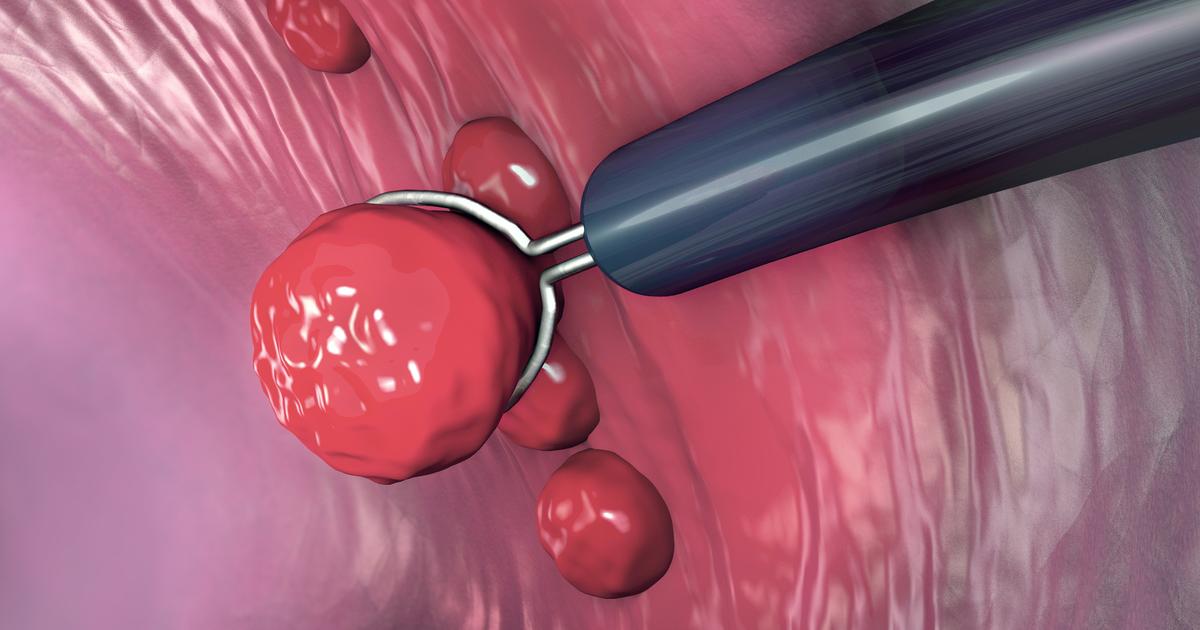
Gallbladder polyps occur when an individual has an abnormal tissue growth that features a stalk that grows inside the gallbladder from its interior lining. Polyps that grow in the gallbladder can be malignant. However, ninety-five percent of all gallbladder polyps are benign. The likelihood of malignancy presence in a gallbladder polyp increases as the polyp size increases. Polyps in the gallbladder that are greater than .75 inches in size have a high chance of being malignant. In addition, polyps greater than .5 inches have an increased risk of malignancy. Those that are less than .5 inches are rarely malignant. Symptoms of gallbladder polyps include vomiting, nausea, and occasional hypochondrium.
These polyps are diagnosed using a physical examination, abdominal ultrasound, and endoscopic ultrasound. Treatment relies upon how large the abnormal growths are and may include regular monitoring with ultrasounds, surgical gallbladder removal, diet changes, and prescription or over-the-counter pain medication.
Gallbladder Cancer
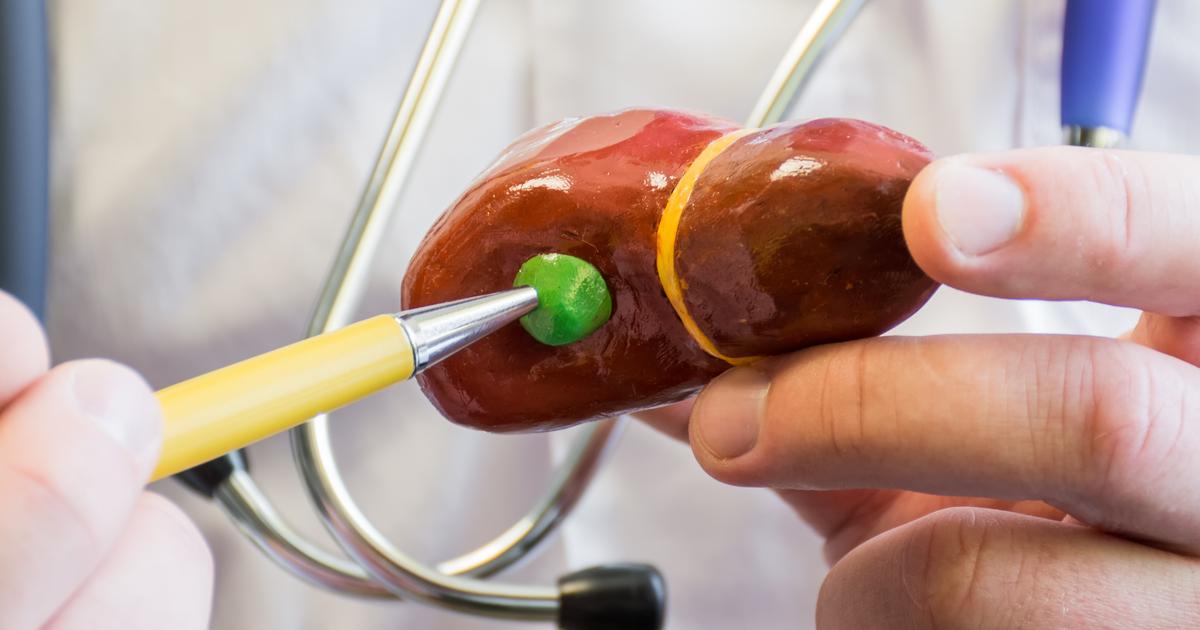
Gallbladder cancer is a malignancy in the tissues that make up the gallbladder. It occurs when one of the gallbladder cells incur a DNA mutation that causes it to grow and multiply uncontrollably. This malfunction leads to a growth of malignant cells that is invasive to the healthy tissues around the gallbladder and disrupts their normal function. Gallbladder cancer symptoms include upper right abdominal pain, fever, jaundice, nausea, unintentional weight loss, and abdominal bloating.
This form of cancer is diagnosed using a physical examination, blood tests, computerized tomography scans, magnetic resonance imaging, ultrasounds, and tissue biopsy. Exploratory surgery may be necessary for a doctor to determine the extent of the patient's cancer. Procedures involving the injection of dye into the bile ducts can also help determine the extent of cancer. Two examples are endoscopic retrograde cholangiopancreatography and percutaneous transhepatic cholangiography. Treatment of gallbladder cancer may include a surgical procedure to remove the gallbladder and part of the liver, chemotherapy, and radiation therapy.
Gallbladder Attacks

Quite a few individuals will experience gallbladder attacks. Many doctors refer to these attacks as the acute form of cholecystitis. The major symptom of a gallbladder attack is sudden and severe pain in the upper right abdomen. Patients may experience dull, throbbing, or sharp pain. In some cases, it can spread to the back or below the right shoulder blade. Other symptoms include nausea, vomiting, and fever. As more symptoms appear, it becomes more likely that another condition is the cause or patients are dealing with a complication, such as chronic cholecystitis.
Patients often experience gallbladder attacks if they have gallstones. However, there are other causes, including bile accumulating in the gallbladder to the point of rupture. Thankfully, patients have many treatment options available. Most patients will need pain medication. Doctors will often prescribe anti-nausea medication. In certain cases, this is all patients need if they can pass the gallstones on their own. Otherwise, doctors may recommend other treatments, such as surgery. Preventing future gallbladder attacks is crucial. Patients should exercise regularly, lose excess weight, and follow a balanced, healthy diet.
Choledocholithiasis

Choledocholithiasis is often considered a complication of gallstones. This is because this condition occurs when gallstones are lodged within one of the ducts in an individual’s bile system. In most cases, this is the common bile duct, common hepatic duct, or cystic duct. Research indicates that at least fifteen percent of individuals with gallstones experience this condition as well. Symptoms of choledocholithiasis include upper right abdominal pain, middle right abdominal pain, fever, appetite loss, nausea, clay-colored stool, and vomiting. The pain from this condition can be persistent or sporadic. It can also range from mild to severe. Severe pain can be mistaken for a heart attack or similar issue. It often requires emergency treatment.
There are several treatments for this condition. The focus, of course, is to get rid of the stones blocking the bile ducts. Options include lithotripsy, stone extraction, and biliary stenting. Patients may need surgery to remove the stones and even the gallbladder itself. Another option is a sphincterotomy. This is surgery to cut into the common bile duct. The goal is to remove the stones or help them pass.
Acalculous Gallbladder Disease
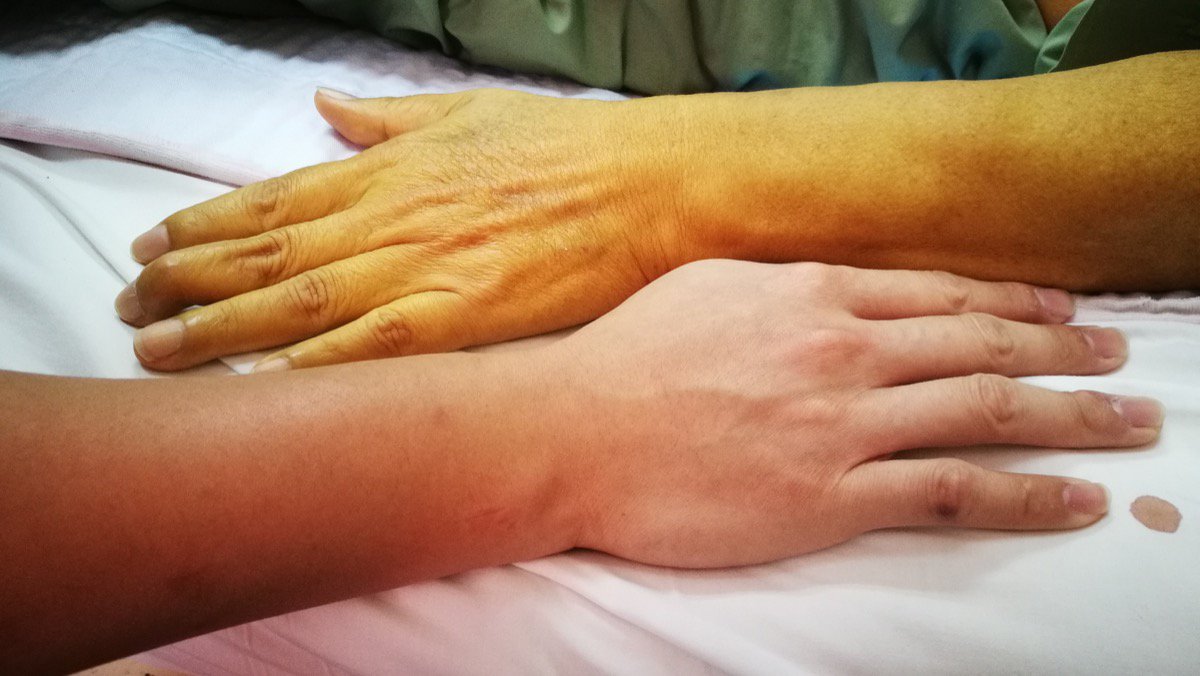
Acalculous gallbladder disease involves gallbladder inflammation. However, this is gallbladder inflammation that appears without gallstones. Symptoms are similar to those that appear with acute cholecystitis when gallstones are present. For reference, they include severe upper right abdominal pain, nausea, jaundice, fever, and vomiting. Other warning signs are a distended gallbladder, belching, and food intolerance. There are many risk factors for acalculous gallbladder disease, such as abdominal surgery, acute hepatitis, gallbladder polyps, Wilson’s disease, as well as viral and bacterial infections.
Treatment for this condition varies based on severity. Initially, patients must be stabilized in the hospital. Doctors must relieve the pressure on the patient’s gallbladder. In most cases, they will use a drainage tube to do this. Patients with bacterial infections will need antibiotics. Once patients are stable, they will often have gallbladder removal surgery.
Biliary Dyskinesia
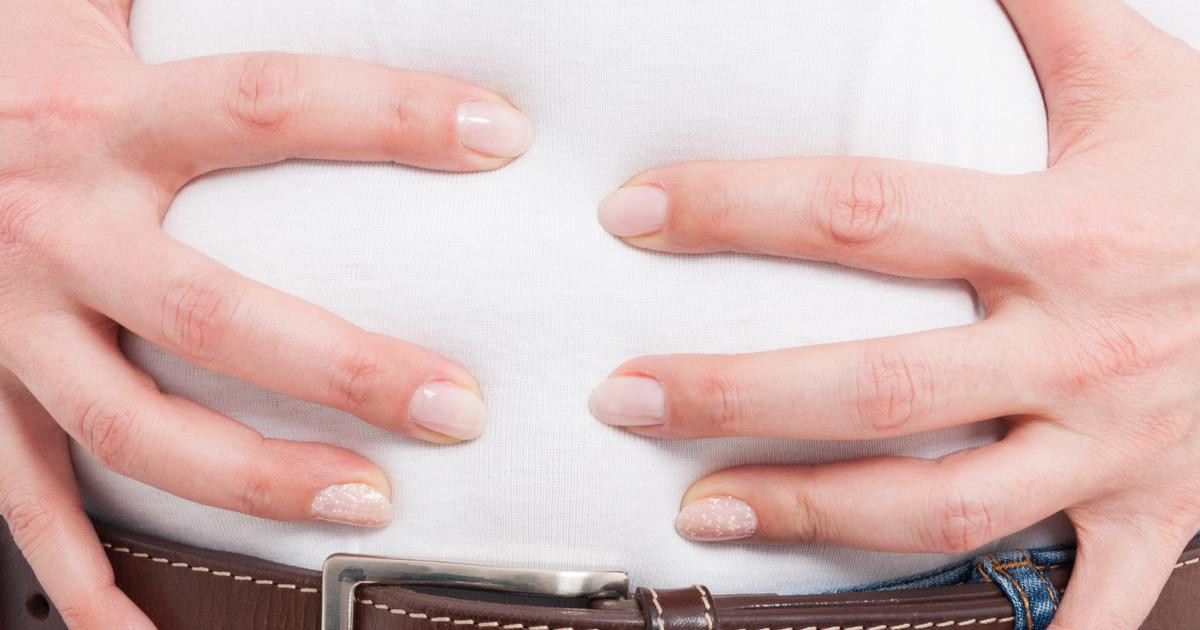
Biliary dyskinesia is a condition involving low gallbladder function. It is often related to chronic gallbladder inflammation, though gallstones are usually not present. Some experts believe that metabolic disorders that influence the gastrointestinal tract’s movement can cause it as well. Symptoms of biliary dyskinesia include nausea, indigestion, bloating, and pain in the abdomen after eating. In fact, consuming fatty food often triggers the symptoms. Some symptoms can mimic biliary colic, such as sharp upper right abdominal pain, nausea, vomiting, and appetite loss. However, they must not be the result of gallbladder stones.
The best treatment for this condition is gallbladder removal surgery. However, biliary dyskinesia patients need complete lab studies before this can happen. The complete lab studies must include lipase level tests, liver enzyme studies, amylase tests, and conjugated bilirubin level tests. Patients must have normal results on all of their lab tests before they can have surgery or biliary dyskinesia.
Calcified Gallbladder

Calcified gallbladder, also called porcelain gallbladder, occurs when there are excessive calcium deposits in the gallbladder. Many experts believe that this condition is caused by excessive gallstones, though the precise cause is unclear. Past studies have stated that calcified gallbladder greatly increases an individual’s risk of developing gallbladder cancer. However, these studies are old, and many agree that while there seems to be a connection, it is not entirely clear as of yet.
Symptoms of calcified gallbladder include vomiting, jaundice, and abdominal pain. Abdominal pain after eating is particularly common. However, some cases of calcified gallbladder are asymptomatic. In these cases, the condition is revealed on imaging tests conducted for different reasons. Treatment for this condition is clear: surgery to remove the gallbladder.